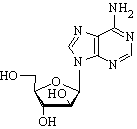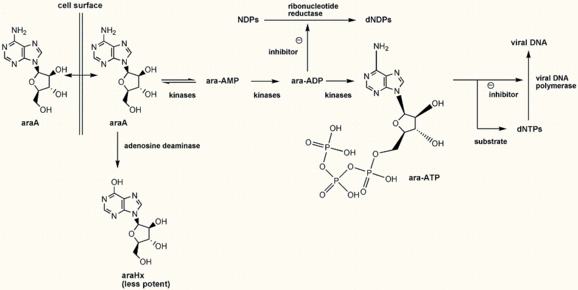ASPEN, COLO. -- Herpes simplex virus has tormented humans since at least the time of the ancient Greeks, but questions still linger concerning how to prevent its transmission from mothers to infants.
Obstetricians and pediatricians see eye to eye on some, but not all, of the controversial issues surrounding herpes simplex virus (HSV).
The pediatric perspective is offered here by Dr. Richard Whitley, professor of pediatrics, microbiology and medicine at the University of Colorado, Denver. He spoke about HSV during a conference on pediatric infectious diseases sponsored by Children's Hospital, Denver, where he practices.
* Can a woman deliver vaginally if she has a history of recurrent outbreaks but no lesions?
Yes, according to Dr. Whitley. If a woman is primarily infected with HSV during her second or third trimester, the risk of neonatal herpes is high: 30%-50%. But in a woman who has had recurrent herpes, "it is very very, very difficult to document transmission unless the obstetrician uses fetal scalp monitors or performs an instrumental delivery of the child," he said.
Dr. Whitley's position is in agreement with the American Collge of Obstetricians and Gynecologists practice bulletin on management of herpes in pregnancy, which adds that fetal scalp electrode monitoring is appropriate only when indicated in a woman with a history of recurrent HSV and no active lesions. "If vesicular or vesiculopustular lesions develop at the site of the electrode, it is important to make a quick and accurate diagnosis and start systemic antiviral therapy" according to the ACOG bulletin (Int. J. Gynaecol. Obstet. 68[2]:165-73, 2000).
* Should women with a history of HSV routinely receive prophylactic treatment during pregnancy?
Studies are underway to address this controversial issue, but for now, Dr. Whitley is concerned about potential risks to the fetus. Acyclovir crosses the placenta and concentrates in amniotic fluid. The concern is that lowering viral antibodies in utero could exaggerate expression of the disease after the child is born. Another concern is that the drug could harm renal function in the fetus, although obstetrician David A. Baker notes in a recent publication that a registry established in 1984 has shown no increase in fetal abnormalities among women who received acyclovir during pregnancy (Int. J. Fertil. Womens Med. 44[5]:227-33, 1999).
Controlled studies will be released in about a year, and until then, Dr. Whitley said he is "adamantly opposed" to routinely using antiviral drugs in this context.
The ACOG practice bulletin on the management of herpes in pregnancy says that antiviral therapy should be considered in women at or beyond 36 weeks' gestation who are at risk for recurrent HSV, "although such therapy may not reduce the likelihood of cesarean delivery." The bulletin notes that the recommendation is based not on scientific evidence but primarily on consensus and expert opinion.
* Does a maternal history of genital herpes establish the diagnosis of neonatal herpes?
No. Eighty percent of mothers of infected babies have no signs or symptoms of the disease. Diagnosis in the neonate is established by culturing the skin, oropharynx, eye, cerebrospinal fluid, or stool. The rate of detection of HSV in cerebrospinal fluid by polymerase chain reaction is at least 33 times higher than with culture; Dr. Whitley uses PCR routinely in making the diagnosis. Whether another spinal tap should be performed at the end of therapy is still under investigation.
* Is neonatal HSV infection acquired primarily through intrapartum infection?
No, although 85% of cases are acquired that way Transplacental or ascending intrauterine infection accounts for 5% of infections. Another 5%-10% of infections are postnatal: "Grandma has a lesion on the vermilion border and kisses the baby."
The ACOG bulletin recommends that mothers with active lesions use caution when handling their babies. Breast-feeding poses little risk as long as there are no active lesions on the breast.
* Is the presence of skin lesions reassuring in terms of the manifestations of neonatal HSV?
No. In a study of 291 babies with neonatal HSV infection, 72 of 93 with disseminated disease had skin lesions, as did 60 of 96 with central nervous system involvement. Among 102 infants with disease confined to the skin, eye, and mouth, 86 had skin lesions.
* What is the current recommended therapy for an infant with neonatal herpes?
Acyclovir, 20 mg/kg every 8 hours for 14-21 days, is the standard treatment.
* What is the mortality rate associated with neonatal HSV?
In a study comparing acyclovir to vidarabine, there was no difference in mortality based on the drug used.
Mortality in treated infants was 50% for those with disseminated disease and 15% for those with CNS involvement; no deaths occurred among those with disease confined to the skin, eyes, and mouth.
COPYRIGHT 2000 International Medical News Group
COPYRIGHT 2001 Gale Group



